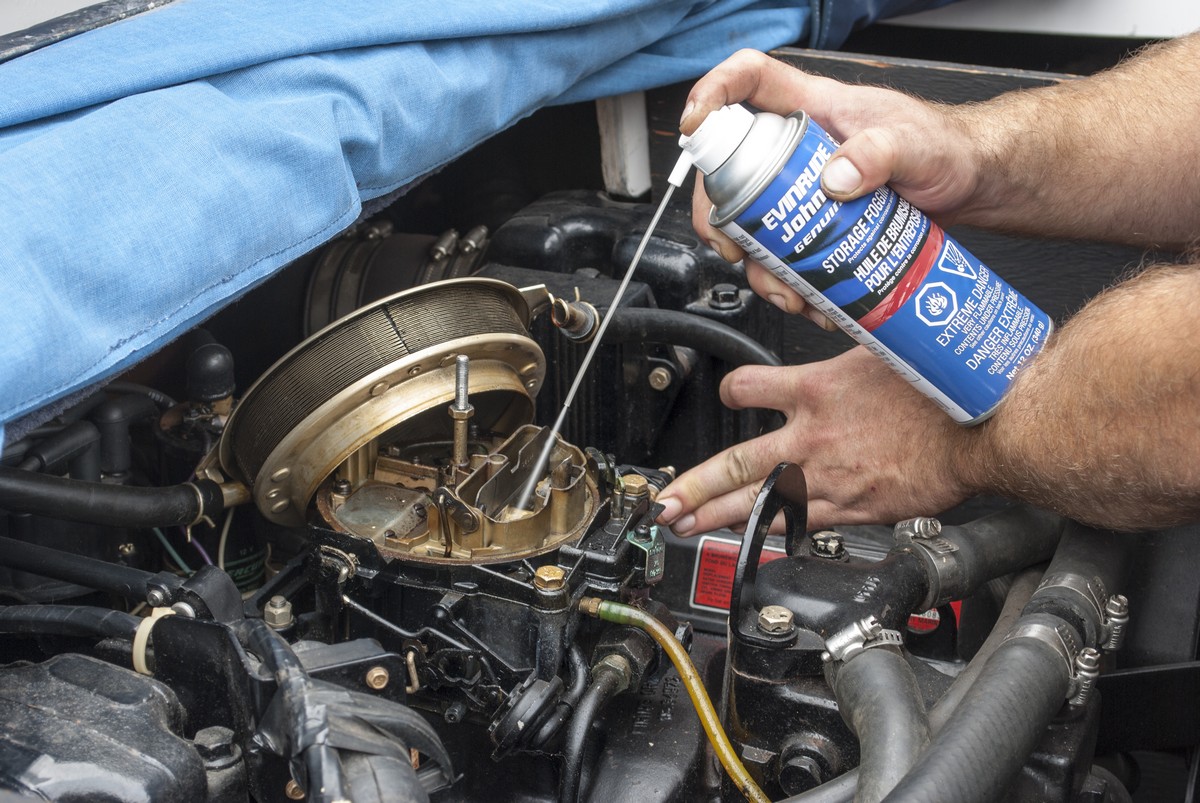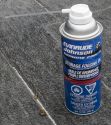 With the boating season coming to a close, it's time to start thinking about preparing your boat to face the freezing temperatures and harsh conditions of a northern winter.
With the boating season coming to a close, it's time to start thinking about preparing your boat to face the freezing temperatures and harsh conditions of a northern winter.
Why Winterizing is Important
The purpose of winterizing your boat is to prevent the potential damage of leaving water in dangerous places when freezing temperatures arrive. When water freezes, it can expand almost 9%, which is enough to place substantial pressure on a boat's external frame and internal structure. Repairing freeze damage is a large expense, and some people are forced to replace their engine completely. Northern winters come early, so don't procrastinate winterizing your boat.
The Winterizing Process
While the ideal winter scenario is placing your boat in a temperature controlled, covered boat storage area, this service is expensive. You can take care of the boat yourself by following a few simple procedures. These steps will ensure your boat endures the biting temperatures in coming months.
To properly winterize your boat, you must:
- Get rid of all water. This is the most crucial part of winterizing. Drain all water from pipes, plumbing lines, exhaust manifolds, sewage tanks, and most importantly, the engine. Any water left to freeze in these areas can cause significant and costly damage to your boat during winter.
- Add a fuel stabilizer to your fuel. Make sure the stabilized fuel is distributed throughout your fuel system.
- Lubricate the engine. Fog the cylinders with a fogging oil. Grease any joints or bearings.
- Remove the drain plug. This step is important for ashore storage because it provides drainage for any water entering the boat. Storing your boat ashore in cold winters is critical. Since the lakes freeze, boats are vulnerable to severe damage if they remain in the water. Remember to replace the drain plug when springtime arrives!
- Find a good cover. Make sure your cover is designed to handle the extra weight of snow build-up. You'll need a snug fit to keep unwanted visitors, like rodents, off the boat. Moth balls can be a good deterrent for unwanted visitors.
- Store at an angle. Find a way to raise the bow enough to create a slight angle. This encourages proper drainage throughout the winter.
Winterizing an I/O:
Winterizing an Outboard:
Boat owners, take the proper precautions to guarantee your boat survives the winter. To learn more about proper winterizing techniques, contact the boat experts at Van's Sport Center!





























